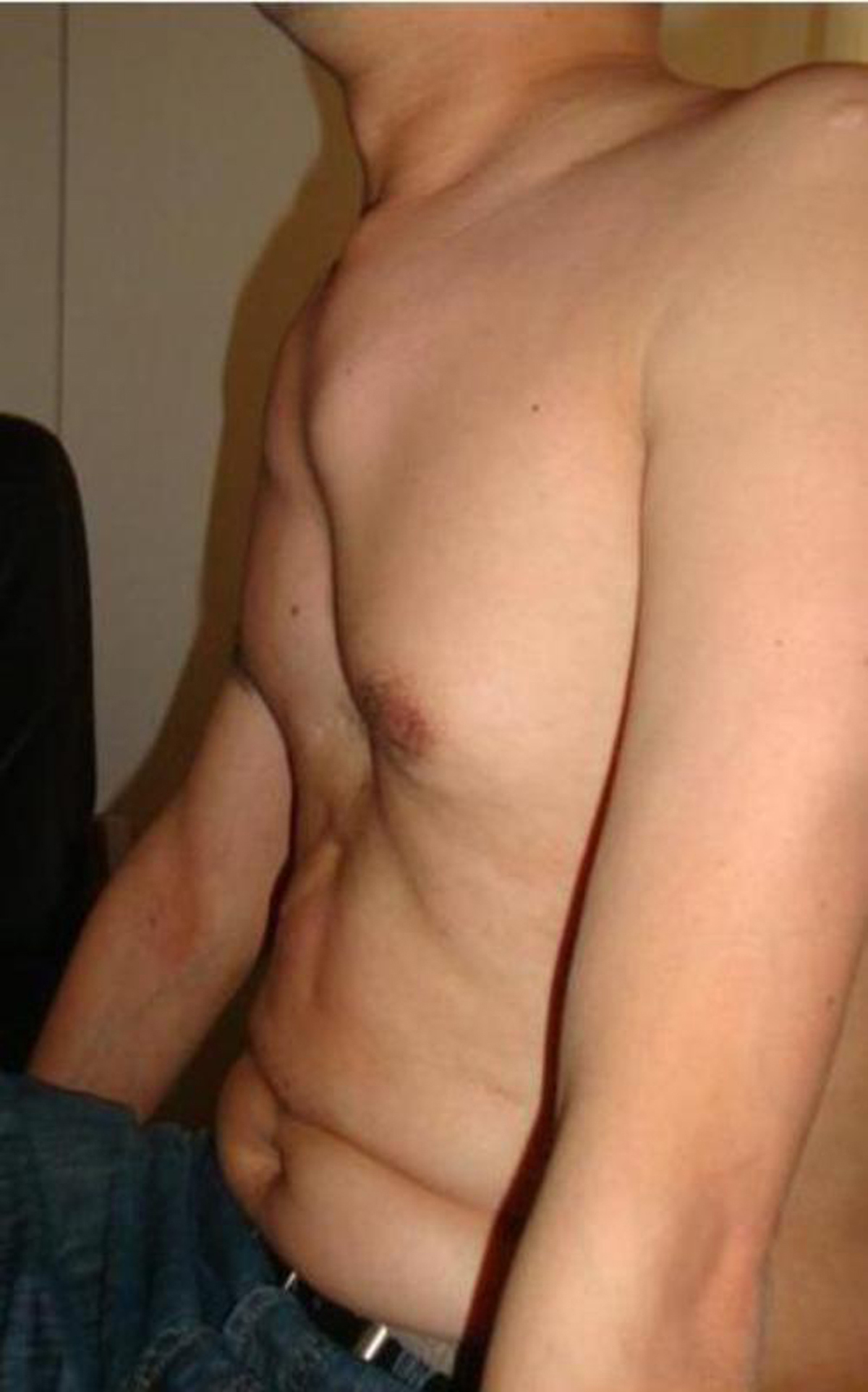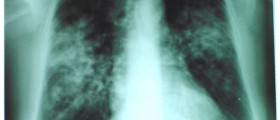
Marfan Syndrome
Marfan syndrome is a genetic disorder in which numerous organs and organ systems are affected. It features with abnormalities of connective tissue and the most commonly affected organs and organ systems include the skeleton, eyes, the heart and blood vessels, nervous system, skin, and lungs. Some people have mild symptoms while others have to face severe form of the disease. The symptoms tend to progress over time and they are more intensive as one grows older.
Symptoms of Marfan Syndrome
Symptoms basically vary depending on the affected organ. Symptoms and signs of Marfan syndrome are not unique. The doctor can make definitive diagnosis just by examining the patients. Long limbs, dislocation of lenses as well as aortic root dilatation are three signs sufficient enough for setting of the diagnosis.
Skeletal changes are typical in people suffering from Marfan syndrome. Long bones are predominantly affected. These people are extremely tall, slender and their joints are wobbly. There is also disproportion of the arms, legs, fingers and toes. Even their faces are long and narrow. Additional skeleton changes include arched roof of the mouth which may eventually cause crowded teeth, abnormalities of the breastbone, flat feet and abnormal curvature of the spine called scoliosis.
Additional organs affected in Marfan syndrome are the eyes. The disorder commonly features with dislocation of one or both lenses. Furthermore, patients suffering from Marfan syndrome may have lenses that are lower or higher comparing to normal lenses or they shift off to one side. Retinal detachment, myopia, early glaucoma and cataract are additional eye conditions that may affect these patients.
The heart and blood vessels may be abnormal to certain extent. Namely, inadequate connective tissue leads to aortic dilatation. Aortic dilatation is huge risk factor for aortic dissection. This is why people suffering from Marfan syndrome need to be examined thoroughly and this fatal complication can be prevented and aortic dilatation treated on time. There may also be certain defects of the heart valves causing heart murmur. In extreme cases of heart valve insufficiency one may experience shortness of breath, tiredness and palpitations.
Abnormalities of connective tissue may also affect the dura. It may stretch and become weak, weight on the vertebrae in the lower part of the spine or it may wear away the bone that surrounds the spinal cord.
Stretch marks are another possible sign of Marfan syndrome. Stretch marks affect patients or all ages and are not related to weight gain.
Changes in lung tissue include the formation of the tiny air sacs. These sacs do not cause any significant symptoms or problems. Still, in case sacs become swollen or even stretch there is a huge risk of lung collapse.
And finally, people suffering from Marfan syndrome may develop sleep apnea and snoring and they are also at higher risk of getting an abdominal and inguinal hernia.

















Your thoughts on this
Loading...